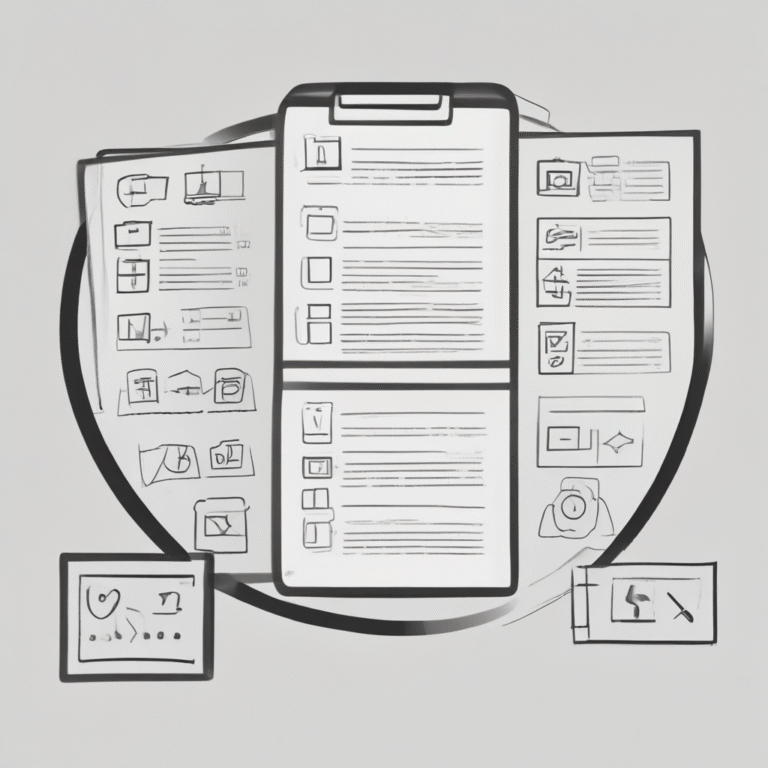Growing Demand for Generative AI in Risk and Compliance Certification in 2025
In 2025, organizations worldwide are confronted with ever-burgeoning regulatory landscapes, data privacy concerns, and mounting threats of financial crime and cyber threats. Generative AI is stepping forward as a formidable partner to meet these challenges, automating compliance activities, flagging anomalies, and simplifying audits.
As a result, there is increasing demand for Generative AI in Risk and Compliance Certification, and individuals with this dual skillset are quickly becoming among the most coveted assets in risk-attentive sectors.
Why Generative AI Is Essential in Risk & Compliance
Generative AI software based on Large Language Models (LLMs) such as GPT, Gemini, or Claude can:
- Examine unstructured information
- Create reports
- Model risk scenarios
- Automate compliance documentation
This capability revolutionizes the way risk professionals and compliance officers work, impacting:
- AML/KYC screening
- Regulatory reporting (FINRA, GDPR, SOX, etc.)
- Third-party risk assessments
- Internal audits and controls
- Fraud detection and prevention
Key Reasons for Increased Demand:
✅ 1. Increasing Global Regulations Demand Tech-Driven Compliance
From the EU’s AI Act to the SEC’s new cybersecurity requirements, regulators are pushing firms to move quickly. AI-driven compliance experts with proper certifications enable organizations to:
- Remain audit-ready
- Reduce regulatory fines
- Maintain quicker compliance updates with generative AI tools
✅ 2. AI-Powered Risk & Compliance Jobs Are Growing
Recruitment for roles such as AI Risk Analyst, Regulatory Tech Specialist, and Compliance Automation Consultant is on the rise. Organizations are now seeking professionals who can:
- Automate due diligence through AI
- Create risk models
- Detect and respond to transactions in real-time with AI-enabled tools
A Risk Compliance certification demonstrates not only knowledge of risk frameworks but also the capability to bring them up to speed.
✅ 3. Closing the Gap Between Legal, Tech & Risk
Compliance teams today require practitioners who can act as a bridge between legal, audit, IT, and AI functions. A certification guarantees that you have knowledge of both the governance requirements and the AI systems behind them.
✅ 4. A Competitive Edge for Risk & Audit Professionals
In an oversaturated job market, a Generative AI in Risk and Compliance Certification offers a clear differentiator. It shows:
- You understand emerging tech in GRC (Governance, Risk, Compliance)
- You can improve regulatory agility using AI
- You’re ready for leadership roles in risk transformation
What the Certification Typically Covers
The certification program generally includes:
- Introduction to Generative AI for compliance functions
- Prompt engineering for regulatory reporting
- AI for fraud detection, transaction monitoring, and audit trails
- Risk modeling with AI simulation tools
- Ethics, bias, and responsible deployment of AI in regulated sectors
- Case studies from banking, insurance, and healthcare
Who Should Consider This Certification?
This certification is ideal for:
- Compliance Officers
- Internal & External Auditors
- Risk Analysts & Managers
- Regulatory Affairs Professionals
- Cybersecurity and Data Privacy Teams
- Legal Tech and FinTech Professionals
By 2025, compliance cannot be reactive any longer; it needs to be predictive, smart, and AI-powered. A Generative AI in Risk and Compliance Certification equips you with the proficiency, skills, and confidence to lead the charge in transforming regulatory approaches.










